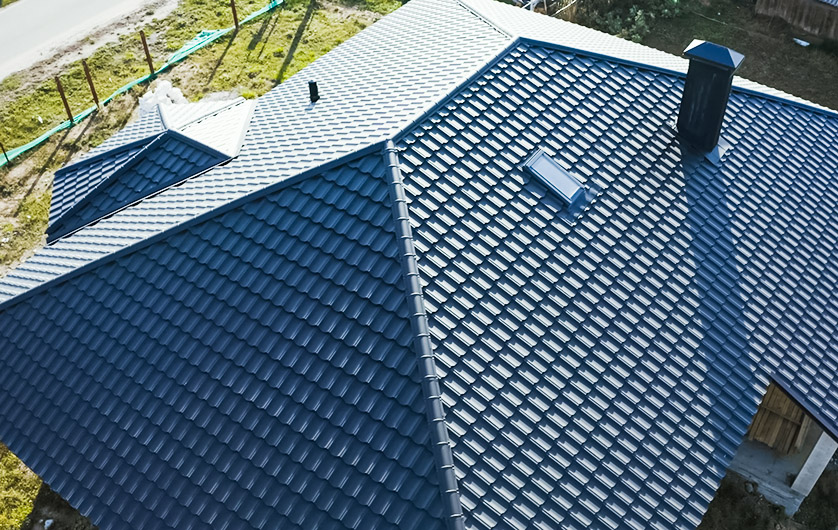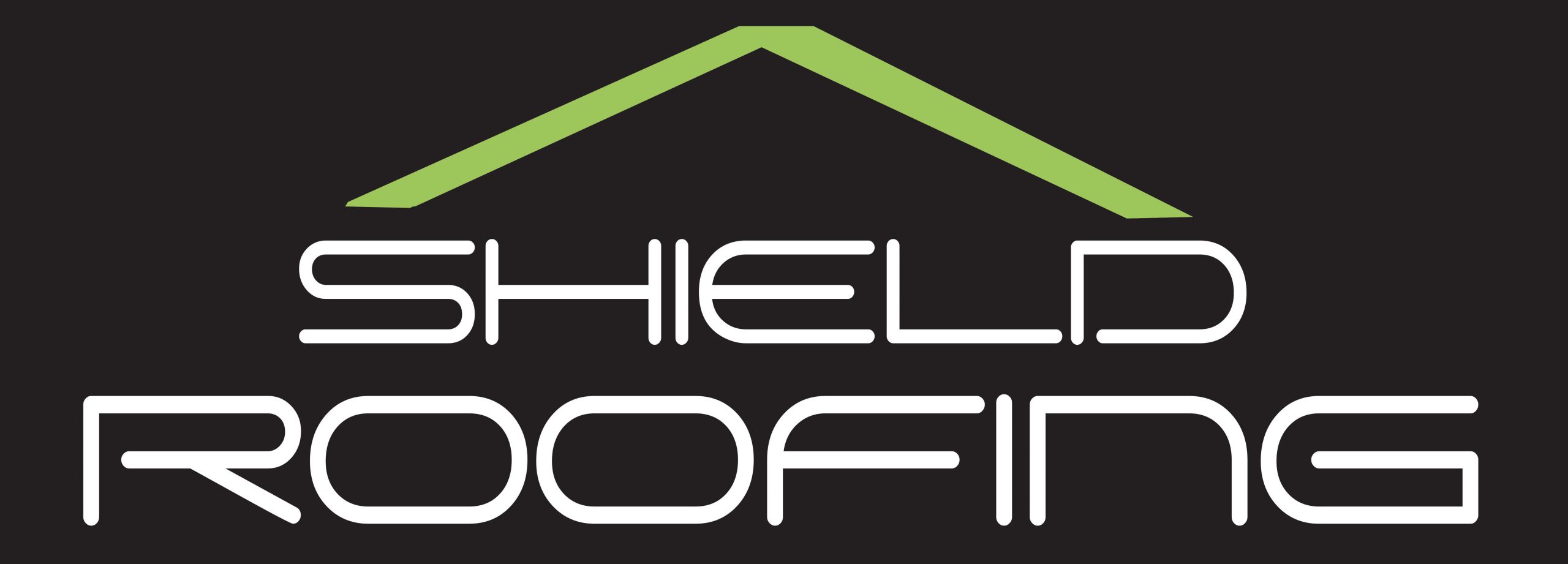Are you experiencing water stains on your ceiling or walls? Do you hear the annoying sound of dripping water during a rainstorm? If so, you may have a roof leak. Don’t panic! With the right tools and knowledge, you can easily identify and fix the problem. In this article, we will guide you through the process of identifying and fixing roof leaks in San Antonio homes.
First, we will discuss the common signs of a roof leak, such as water stains, mold growth, and musty odors. Then, we will walk you through the process of inspecting your roof for damage, including checking for missing or damaged shingles, cracked flashing, and holes or cracks in the roof. We will also show you how to repair shingles and flashing, seal cracks and holes, and replace damaged roofing material to fix the leak. Finally, we will provide prevention tips to help you avoid future leaks and protect your home. By the end of this article, you’ll have the confidence and knowledge to tackle any roof leak that comes your way.
Common Signs of Roof Leaks in San Antonio Homes
You’ll notice water stains on your ceiling or walls, which may resemble brown or yellowish circles that are damp to the touch. These stains are one of the most common signs of roof leaks in San Antonio homes. Other signs include a musty smell, peeling or cracking paint, or visible water dripping from the ceiling or walls.
Causes of roof leaks can vary, but some of the most common ones include damaged or missing shingles, clogged gutters, cracked flashing, or poorly sealed roof vents. Fortunately, most roof leaks can be fixed with proper solutions, such as replacing damaged shingles, unclogging gutters, or resealing flashing and vents. It’s important to address roof leaks as soon as possible to prevent further damage to your home and to avoid costly repairs down the road.

Inspecting Your Roof for Damage
Take a close look at your rooftop to spot any signs of wear and tear that may indicate potential damage. Begin by inspecting the shingles or tiles for any cracks, curled edges, or missing pieces. Check for any areas of discoloration or moss growth, which could indicate water damage or poor drainage.
Next, examine the flashing around the chimney, vents, and skylights. Look for any bent or damaged metal, as well as cracks or gaps in the sealant. These areas are particularly vulnerable to leaks and should be inspected regularly. By conducting a thorough roof inspection, you can catch any issues early on and prevent further damage to your home. Don’t wait until you see water stains on your ceiling – proactive roof inspection and leak detection can save you time, money, and stress in the long run.
Repairing Shingles and Flashing
If you’re looking to keep your roof in top condition, it’s essential to address any issues with shingles or flashing as soon as possible. The longer you wait, the worse the damage can become, potentially leading to leaks and further costly repairs. While some DIY repair methods may be effective, it’s always best to consult with a professional roofing contractor to ensure the repairs are done correctly and safely.
When it comes to repairing shingles, it’s important to identify the cause of the damage. If it’s a result of age or natural wear and tear, replacing individual shingles may be sufficient. However, if the damage is a result of improper installation or severe weather, a more extensive repair may be necessary. Similarly, when repairing flashing, it’s important to properly seal any gaps or cracks to prevent further water damage. Consulting with a roofing contractor can ensure that the repairs are done correctly and help prevent future issues.
Sealing Cracks and Holes
Properly sealing any cracks or holes in your roof is crucial to prevent further water damage and maintain the integrity of your home’s structure. While it may seem like a small issue, even the tiniest crack can cause major problems over time. Water damage is a serious concern for any homeowner, and it can lead to costly repairs if left unchecked.
To fix any cracks or holes in your roof, start by checking for any visible signs of damage. Look for cracks in the shingles or flashing, as well as any holes in the roof itself. Once you locate the source of the problem, you can begin the process of sealing the area. While some homeowners may be able to handle this task on their own, it’s always a good idea to seek professional help if you’re unsure of what to do. A professional roofing contractor can assess the damage and provide you with the best course of action to take. With their expertise, you can rest easy knowing that your home is protected against water damage.
Replacing Damaged Roofing Material
You’ll want to act fast if you notice any damaged roofing material, as leaving it unchecked can lead to more serious issues down the line. One option is to hire a roofing contractor to replace the damaged material for you. They can identify the exact location of the damage and ensure that it is fixed properly. While this may cost more money upfront, it can save you time and potentially prevent further damage to your roof.
Alternatively, if you’re feeling handy, there are DIY options available. You can purchase replacement shingles or tiles from your local hardware store and replace the damaged material yourself. However, it’s important to note that this can be a difficult and potentially dangerous task, especially if you’re not experienced with roofing. Make sure to wear protective gear and follow all safety precautions. If you’re unsure about the process or the extent of the damage, it’s always best to consult with a professional roofing contractor.

Prevention Tips for Avoiding Future Leaks
To avoid future leaks, make sure to regularly maintain and inspect your roof for any signs of damage or wear and tear. This means cleaning out gutters, removing debris, and trimming any trees or branches that may be too close to your roof. Additionally, you should check for any missing or damaged shingles, as well as any cracks or holes in the roof itself. It’s also important to check flashing around chimneys, vents, and skylights to ensure that they are properly sealed.
In addition to regular roofing maintenance, there are also waterproofing solutions that can help prevent future leaks. One option is to apply a waterproof coating to the roof, which can help protect against moisture and prevent damage from occurring. Another option is to install a waterproof membrane underneath the roofing material, which can help prevent water from seeping through the roof and into your home. By taking these preventative measures, you can help ensure that your roof stays in good condition and avoid the headache of dealing with leaks in the future.

